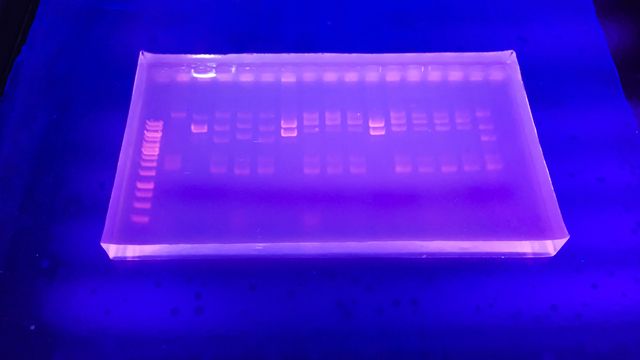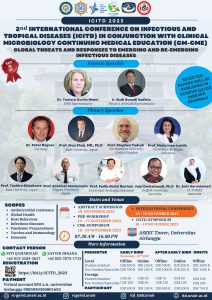Ethidium bromide (EtBr) is a chemical agent commonly used to identify and visualize DNA and RNA bonds in molecular biology research. However, ethidium bromide itself is mutagenic and toxic. Ethidium bromide is also carcinogenic to human cells, teratogenic and difficult to decompose, and has high toxicity with an LD50 of 0.075 mg/mL. Therefore, research for EtBr waste treatment is very important. There are several materials that can be used to reduce EtBr waste, but there are also materials that are cheap and widely available in the market. One way to treat ethidium bromide waste is with activated charcoal. Activated charcoal has a strong adsorption capacity due to its high surface area and porous structure. Another advantage of activated charcoal is that it is economical as an adsorbent, effective and environmentally friendly. In this study, EtBr waste was mixed with activated charcoal and then homogenized for one hour.
The mixing of EtBr waste (0.5 mg/mL EtBr concentration) and activated charcoal was varied with a volume weight ratio of 1:1, 1:2, and 2:1. The mixed solution was filtered using Whatmann No.1 filter paper to take the filtrate. The filtrate was further analyzed. The more activated charcoal added, the more EtBr molecules are absorbed. The pH of the filtration results for each variation is pH 7.0 – 8.0, dissolved oxygen is in the range of 5.0 – 9.0 mg/L, biochemical oxygen demand (BOD) is in the range of 25.06 – 78.2 mg /L, and chemical oxygen demand (COD) in the range of 302.56 – 310.98 mg/L. The concentration range (LD50) was obtained as follows, for a 1:1 ratio it was 0.045 – 0.060 mg/mL, for a 1:2 ratio it was 0.028 – 0.032 mg/mL, while a 2:1 ratio was 0.081 – 0.090 mg/mL. In addition, the results showed that activated charcoal is able to bind EtBr due to the bonding interactions that occur between EtBr molecules and activated charcoal.
Author: Teguh Hari Sucipto
Article Title: Ethidium Bromide Waste Treatment with Activated Charcoal
New’s Source: unair.ac.id





